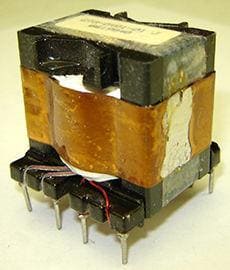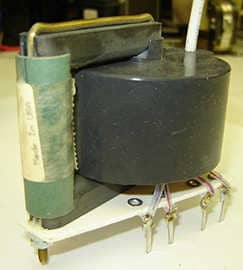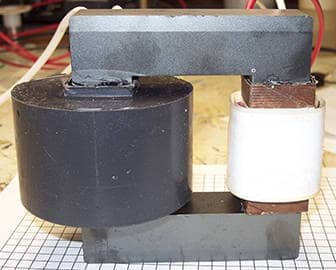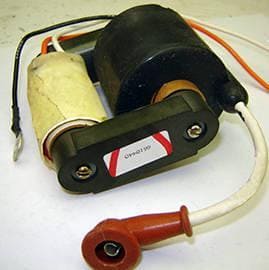A transformer is a device used to transfer electrical energy from one circuit to another. The frequency remains the same during the transfer, whereas, the voltage level varies every time. The transformer works through two windings- primary and secondary. These windings make use of electromagnetic induction to vary the voltage ranges. The decrease and increase in voltage used for transmission can be achieved with the help of step up and step down transformers. Both these transformers have different properties and are designed for specific purposes. Would you like to know how industrial step down transformers differ from step up transformers? Read the post to know more.



Step up Transformers and Step down Transformers Discussed in Detail
Here are a few points that help you understand the difference between these two industrial transformers.
- Definition: When the voltage is raised on the output side then the transformer is called a step up transformer. On the other hand, a step down transformer reduces the output voltage.
- Winding: In a step up transformer, a high voltage is developed on the secondary side of the transformer, which is why it has more turns than the primary winding.
On the contrary, the step down transformer winding has more turns in the primary winding, which serves as the high voltage winding. As the secondary winding has lesser turns than the primary winding, the voltage is stepped down. This typically means the secondary has a lower voltage but a higher current. - Voltage: Input voltage of a step up transformer is lower than its output voltage. However, a step down transformer has high input voltage than output voltage.
- Current: In a step up transformer, the current is higher in the primary winding, whereas in a step down transformer, the current is higher in the secondary winding.
- Size of the Conductor: The primary winding of a step up transformer is made up of larger insulated copper wire, while the secondary winding is made up of smaller insulated copper wire.
- Applications: Step up transformers are used in power plants for power transmission. They can also be used in small industrial applications such as X-ray machines. On the other hand, low voltage step down transformers are used in power distribution. One of the common applications of step down transformers is in door bells used in homes.

All of these key points effectively differentiate industrial step down and step up transformers. Would you like to purchase one of these types of transformers? If yes, make sure you contact a reputable manufacturer who can help you decide on the best transformer for your application and customize it based on your requirements. Custom Coils offers a wide range of magnetic components, custom transformers, inductors, and coils. The company’s custom step up and step down transformers are recognized for their operational efficiencies, as well as the ability to withstand extreme temperatures. The engineers at the company will help you choose the components and designs that not only help improve step down and step up transformer efficiencies but also offer you the best value.
